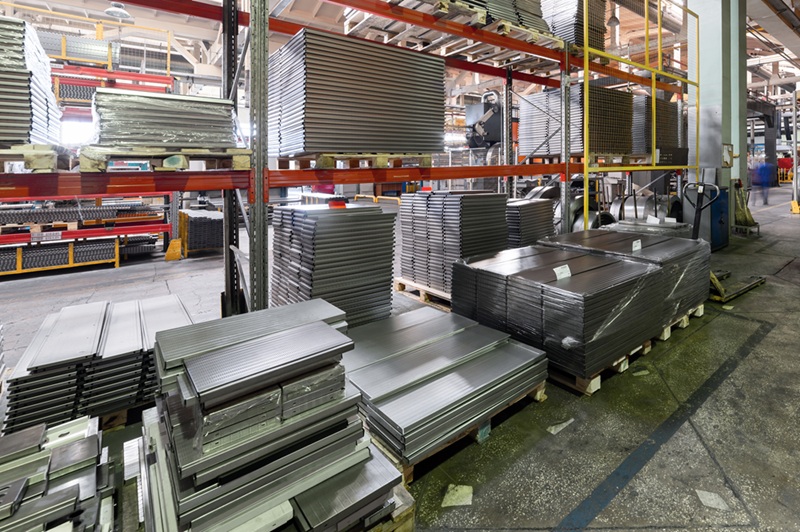
A Missed Piece in the Manufacturing Puzzle
At many manufacturing facilities, the material logistics between central warehouses and workstations rely on a mix of manual tracking, verbal communication, or handwritten notes. The consequences are predictable: misplacements, incorrect materials sent to machines, idle equipment, and unnecessary downtime.
Operators often make judgment calls based on memory. When production schedules are tight, even a short delay looking for a misplaced beam can ripple through the entire process. Worse, without system-level traceability, these micro-errors are nearly invisible to managers reviewing KPIs—until delivery dates are affected.
This gap is what the latest version of Lantek MES aims to close.
A Step Forward with Lantek MES v44
The new intralogistics feature in Lantek MES v44 introduces a structured, guided process for managing the flow of raw materials—one that combines visibility, traceability, and ease of use.
Built as a web-based application, the new module leads operators through three simple steps:
Each step is part of a wizard-style interface, allowing users to move forward or backward as needed without losing data. It’s not a complex logistics platform—it’s a pragmatic, factory-floor solution.
Why This Matters
Manufacturing software traditionally handles nesting optimization, machine scheduling, and order management well. But the internal movement of physical resources has remained a gray area.
By enabling digital traceability for raw material transfers, Lantek MES v44 reduces material search times, minimizes human error, and improves coordination between teams. It also brings shop floor logistics into the MES conversation—where it belongs.
Another critical benefit: this feature can be activated with minimal configuration changes. It simply requires setting up “intermediate warehouses” as part of the machine configuration. Once that’s done, the tool integrates seamlessly with the existing Lantek environment.
There’s nothing flashy here—no AI predictions or futuristic automation claims. Just a solid, much-needed answer to a common operational bottleneck.
And that might be the real innovation.